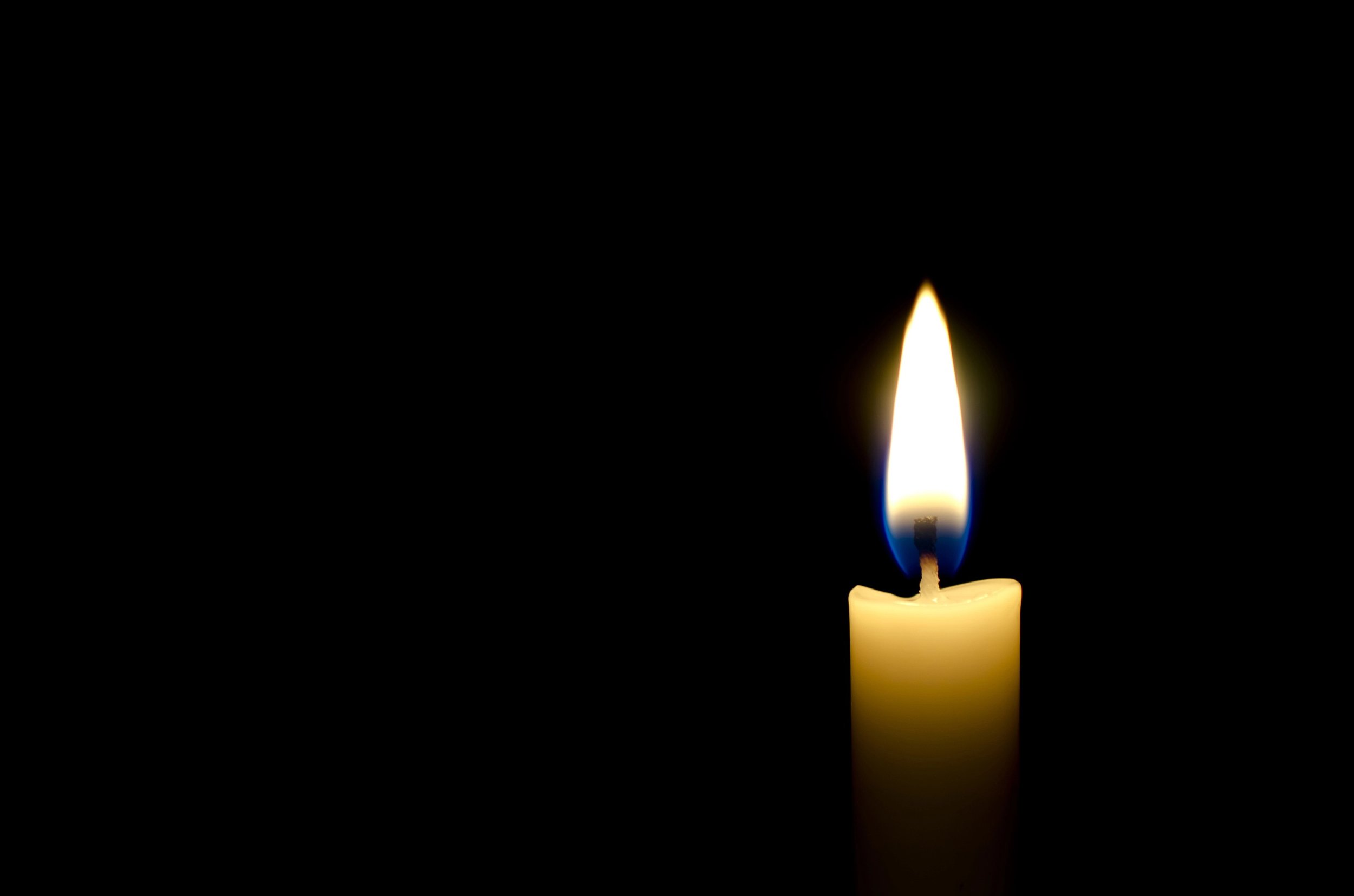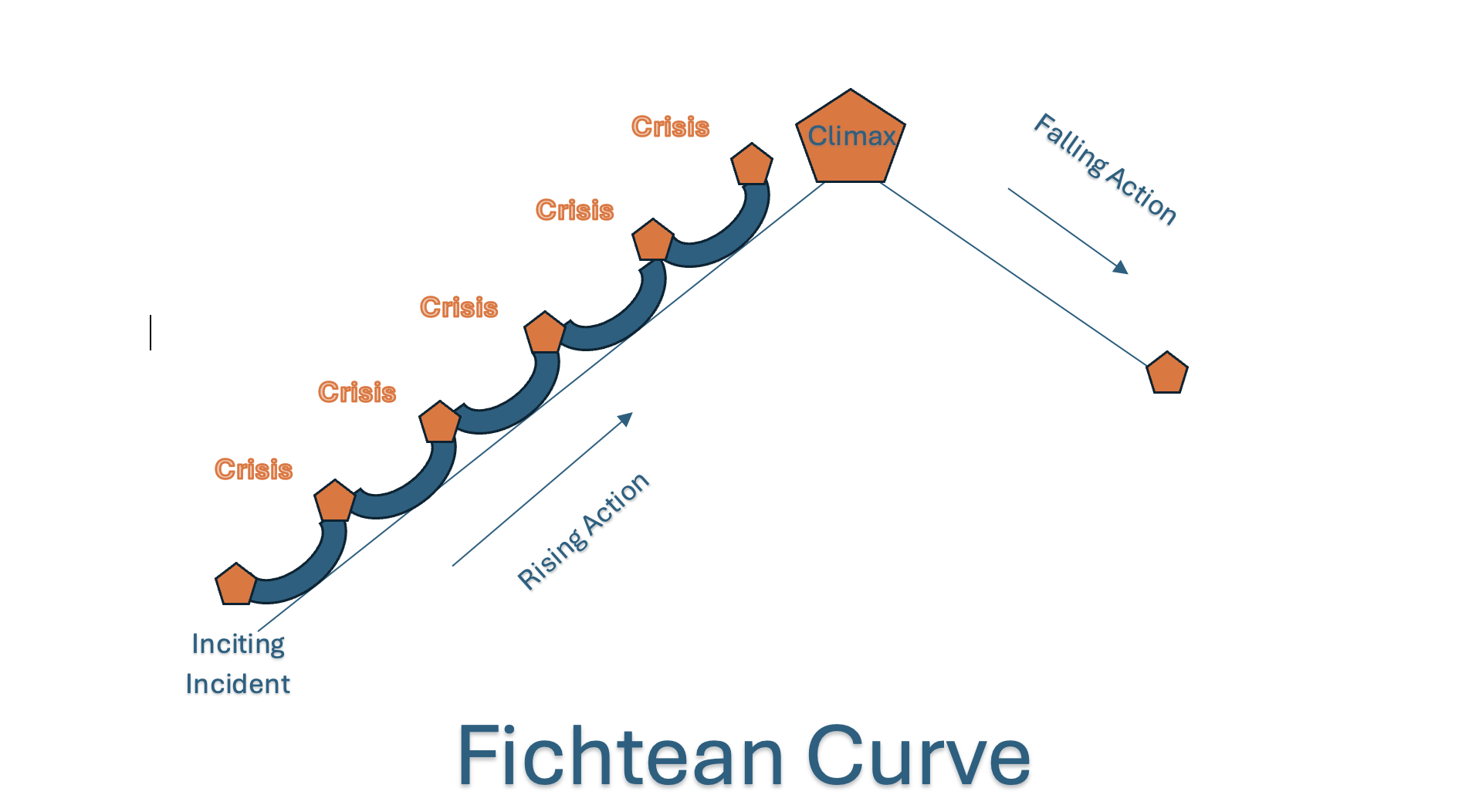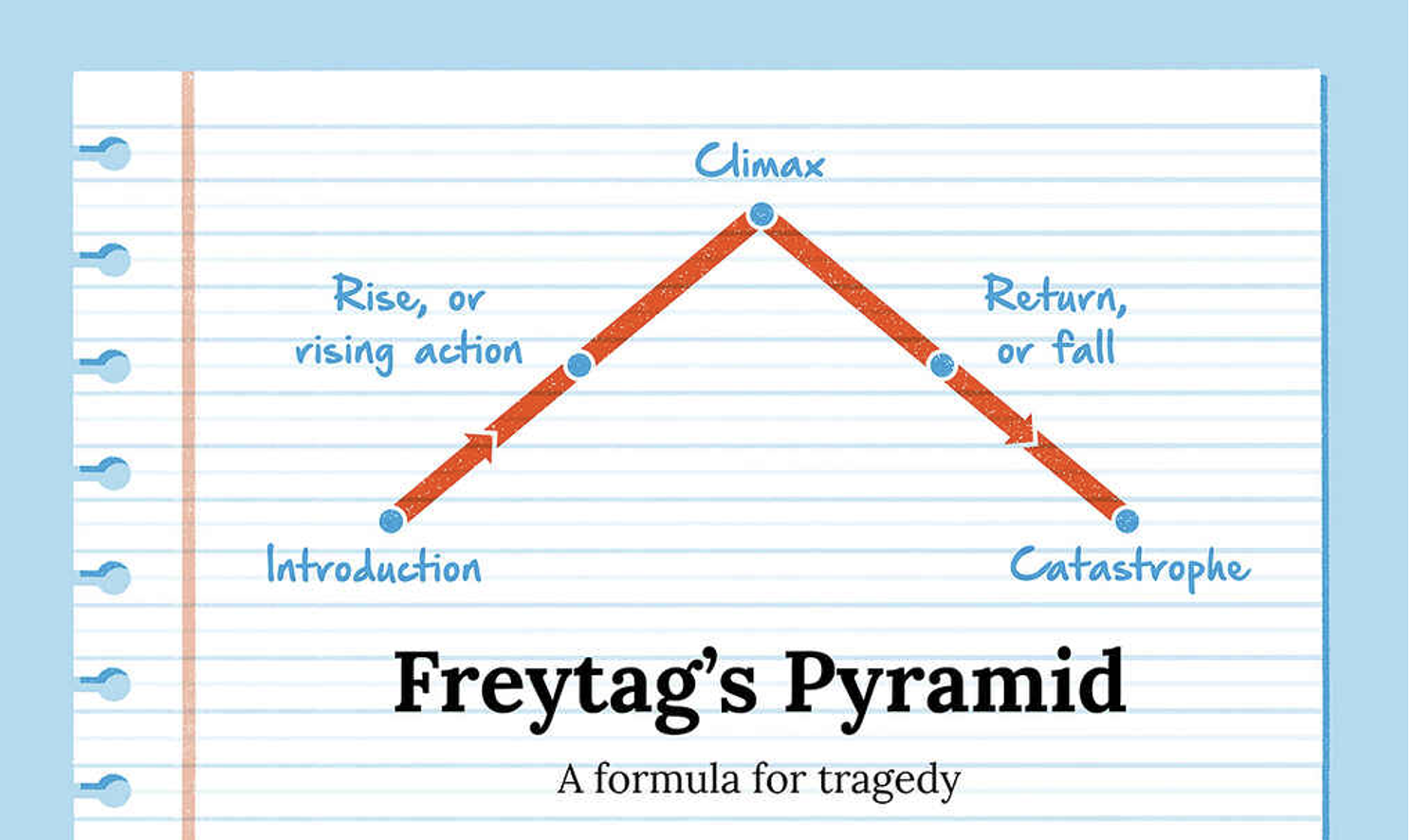The Five Elements of a Story
Pauline J. Grabia participates in the Amazon Services LLC Associates Program, an affiliate advertising program, and earns from qualifying purchases from links in this post.
Please subscribe to my email newsletter for updates on my website and blog, and exclusive access to exclusive material in the Subscriber Content page of this website (see menu bar above). New content will be added regularly. You can sign up in the form found in the footer of this page. Thank you!
A Story is Made Up of Elements
We read them all the time or watch them on TV: Stories. But what elements make up a good story, be it a short story, novella, novel, play, or screenplay? What major components make up a story and hold it together? In previous posts, we explored what genre is and the different types of genres with examples. If Genre is the brain, we move on to what makes up the rest of the body.
There are five major elements or components of a story. All five are necessary for a story to be a story and hold together. First, we will reveal these elements and describe them in general terms. Then, we will take each element and break it down, explore and understand it, and why it’s essential to a story. Once we are done, a beginner writer should have a good handle on the elements and how to develop them into a story. If you are a reader and not a writer, you will gain an appreciation for what goes into constructing your favorite tale.
The Five Elements of a Good Story
The five elements of any good story include character, setting, plot (with a resolution), conflict, and theme. In some ways, they seem obvious once you see them listed, but a lot makes up each element, and crafting them together into a cohesive, logical, and enthralling story isn’t easy—ask anyone who has tried. They all must work together for the story to gel and make sense. The story will flop if any of these are missing or poorly crafted.
Character
What is Character in a Story? To start, let’s define what the term character means in literature. A Character is someone or something that does something in the plot of a story. Sometimes, they don’t do much at all. Some are only referred to by other characters. They can be a person, animal, or other being. In some stories, objects, groups, forces of nature, and settings can take on the character role. Whoever or whatever the character is, he/she/it drives the plot forward, especially the main characters, which will be defined and described in detail in another post. These main character types include the protagonist, the antagonist, and the contagonist, among others. To write a story that grips your readers, you must create characters they can relate to and invest in. Without that, they will put a story down and find something else to do.
Setting
The setting is when, where, and how long (duration) the story takes place. It can be elaborate and complicated or elementary. A story can have many settings or only one. It can be a real-life location somewhere in the universe or made up, as in fantasy or science fiction. Setting can be symbolic and often is. It can also take on the role of a character in a story. An example is the Overlook Hotel in Stephen King’s The Shining.
However, it should be much more than the story's location. As mentioned, the setting can be a symbol that directs the reader to an understanding of the story’s theme or reveals aspects of a character. It can add conflict to the plot. It can be so essential that the plot cannot take place except in that particular setting. A setting can reveal a backstory or foreshadow future events. The richer a writer develops a setting (even if it is simple and singular), the better it is for the story.
Plot
The plot is the sequence of events in the story itself, from the beginning hook to the resolution, the “End.” It is the skeleton onto which the other elements are attached and interact. It’s the account of characters in stasis who have their equilibrium upset by some conflict or conflicts they face and how they overcome them (or don’t) to return to a state of stasis. Every plot comprises three stages: a beginning, a middle, and an end. Plots can be complicated or simple. A story can have one main plot and one or more secondary plots, or subplots, interwoven with it. There are many different plot structures and methods writers can use when developing the plot of their story, but ultimately, it boils down to those three stages.
Conflict
Conflict and plot are separate elements, but conflict will always feed back into the plot. Conflict is the problem or problems presented to the characters of a story that throws them out of their initial state of equilibrium or stasis and which they must solve to return, they hope back to a state of equilibrium. There are seven types of conflict in fiction: person against person, person against nature, person against self, person against society, person against technology, and person against the unknown/supernatural. We will explore each of these in a future post.
Theme
The theme of a story is, put, a universal concept about life and the human condition. It’s the profound message of the story that the writer is trying to communicate to the reader. The theme builds conflict. The story is entangled around the theme. Without a theme, all you have is a series of events without meaning. The theme of a story must be inferred and universal, and a story can have more than one theme, though there must be one that is dominant. One of literature's most common but powerful themes is Good versus Evil. That is only one of many examples. The theme is often tied intimately with the genre, and knowing what genre you are writing in helps you determine the general theme that accompanies that genre.
All these elements intertwine to weave a convincing, compelling story, and they must all be present. In the next post, we will explore the first element, Character, in more detail.
Thank you so much for reading this post and visiting my blog. Please sign up for my newsletter for a monthly update about the website and blog and exclusive access to the material on my Subscriber Content page at www.paulinejgrabia.com. I am honored that you have taken time out of your day to read what I have to offer, and I will endeavor to continue to post blogs that are worthy of your continued attention. May God bless you richly.
Pauline J. Grabia





In previous posts, we have explored various forms of story structure, including Freytag’s Pyramid, the Fichtean Curve, and the Hero’s Journey. Each of these is an effective story structure for a writer, depending on the narrative. The Three-Act Story Structure is one of the most used story frameworks in literature and film. This structure divides the story into three main sections or acts: Act 1, the Setup (or Beginning); Act 2, the Confrontation (or Middle); and Act 3, the Resolution (or Ending). This will not be a comprehensive exploration of the three-act structure, as there are other blogs listed at the end that do a much better job than I could of deeply examining the elements of this structure.